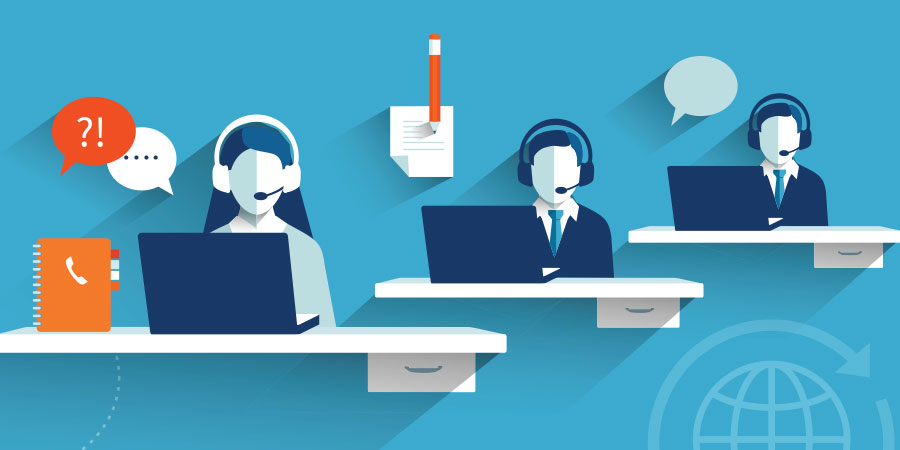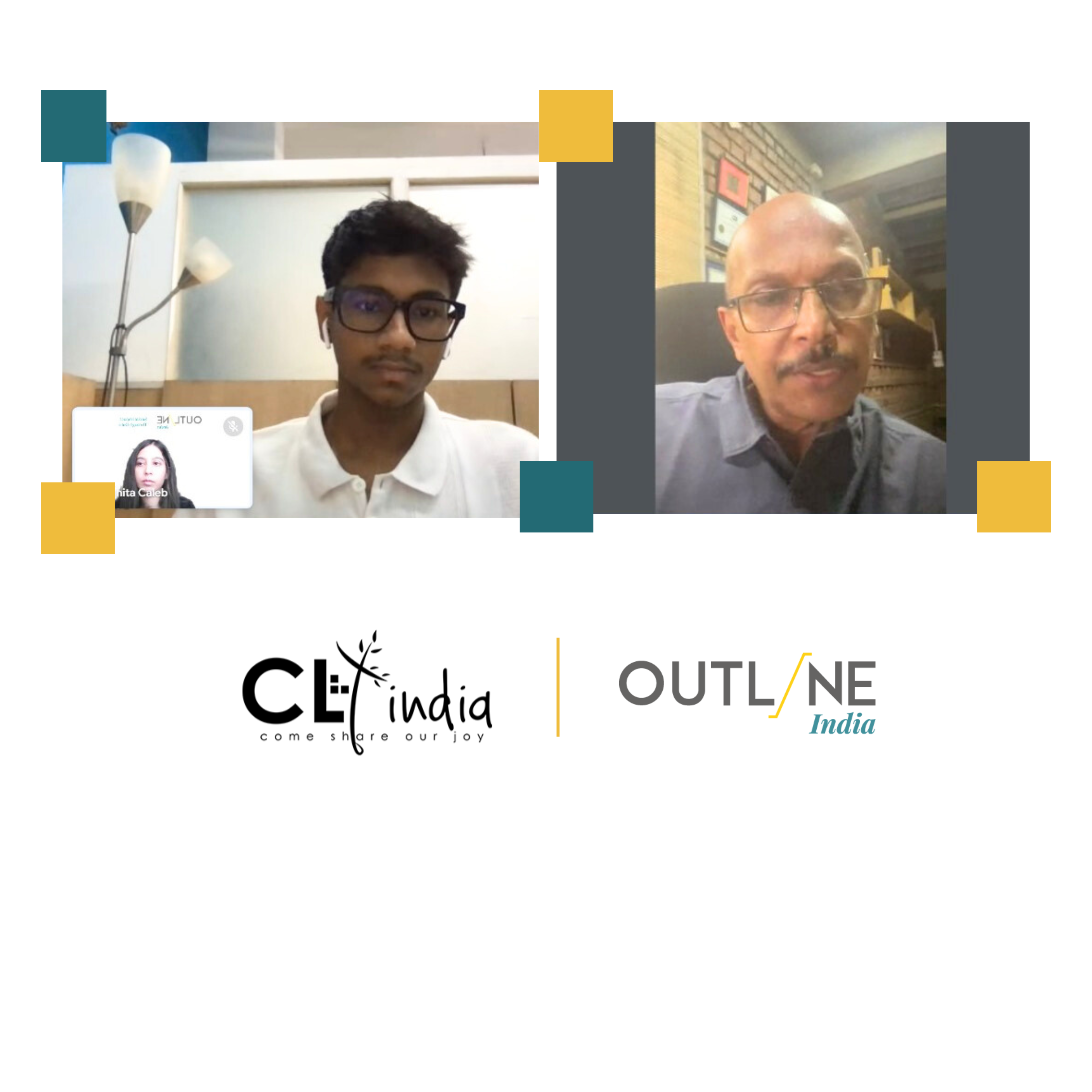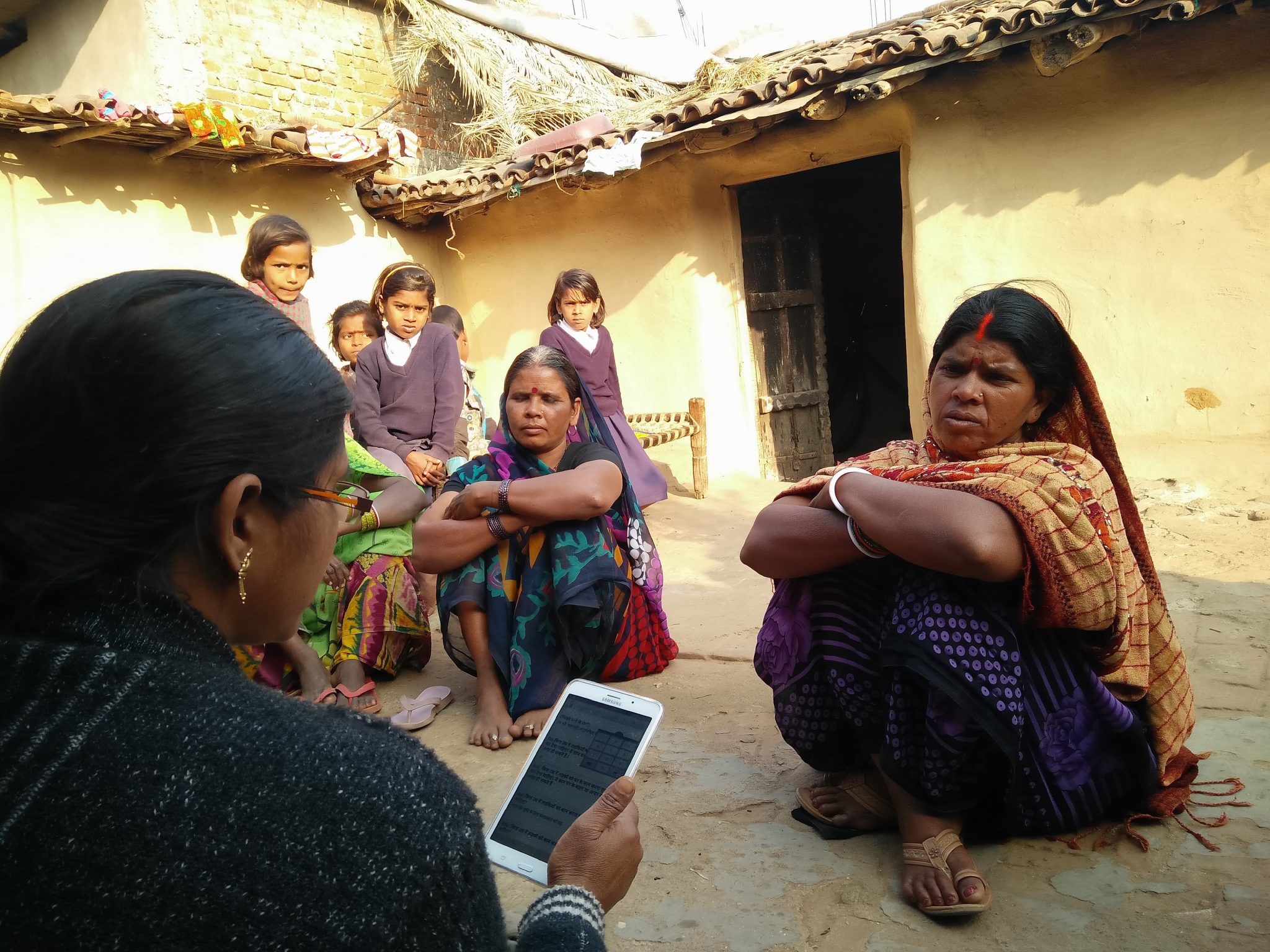Blog Details
How we can adopt new ways of data collection during the COVID-19 crisis? This blog focuses on Computer-Based Telephonic Interview (CATI) to optimize efficient and relevant data collection.
COVID-19 has changed the lives of people across the globe and has forced mankind to acclimatize themselves to the current worldwide crisis. The vulnerable sections of the society are being affected more than others. Since virus such as COVID-19 is likely to spread in overcrowded conditions/ poor hygiene pockets where there is little infrastructure or sparse resources to respond to it effectively. Hence, as we all grapple with our lives in this situation, it is important to keep an eye out for information of the communities who are vulnerable so that relief could be doled out on time.
Previously a key method to gain insights about vulnerable or communities at a disadvantageous position was by conducting field interventions with in-person interviews. However, the unprecedented times that we are in does not leave us with that choice. Hence, as a social enterprise and data collection firm, Outline India has been reflecting on its past experiences and has commenced transitioning to other modes of primary data collection. Since we still believe that raw numbers from the field are pivotal for data-centric informed decision making, more so in times like COVID-19.
In this article, we tried to put together our 8 years of field experience, possible issues on logistics and technological innovation to ease this transition. This article may contribute towards helping other data collection agencies, research organizations and donors to understand how we can still go ahead collecting quick data to keep up the momentum.
One of the most rational way of going ahead is transitioning from in-person to virtual surveys. This will ensure that we are able to maintain social distancing and still be able to gather some numbers. There are a couple of online survey techniques that are available like web surveys, email surveys, phone surveys so on and so forth.
Of the available remote sources, phone/ mobile surveys can be a good way of engaging with respondents. Mobile surveys can further, be categorized under 3 heads especially for administering it for low- and middle-income country research:
1. Computer-Assisted Telephone Interviewing (CATI), which consists of interviewer-administered phone surveys
2. Interactive Voice Response (IVR) surveys, automated voice surveys
3. Short Message Service (SMS) surveys that use text messaging.
CATI or Computer Assisted Telephone Interviewing is a telephone survey process wherein an electronic device (computer/tablet/mobile) displays questions on its screen and the interviewer reads them to a respondent over a phone call and directly enters the responses into the electronic device. It not only helps to establish a connection with the probable respondents but also provide a better chance of getting accurate information from the respondents.
Of the different modes, we suggest using a combined targeted approach to ensure data reliability and meeting the target sample size for a survey. Using CATI along with reminders over SMS can be an effective way forward. Using software, to track and manage the calls and data to be collected could be a good idea as it uniquely minimizes data entry and management hassles.
The broad set of activities to be undertaken by research organizations/ data collection firms include:
1. Identifying & accessing respondents: Obtaining a list of valid phone numbers to get started with the phone surveys is the first step in this process. However, this can be a tedious task. Designing studies around CATI could be beneficial for cases where contact details of the potential respondents from the previous round of data collection (either midline or endline) are available. However, if there is no such data available one can also procure lists of valid phone numbers from the telecom companies or private market research firms. However, these lists often need to be purchased or negotiated. This can prove to be time-consuming in a rapid response situation like COVID-19. The lists may not represent the entire population. Moreover, the lists obtained might not be representative of the entire target group.
2. Research objective: After procuring lists, it’s important to focus on the research design and objectives. As CATI would be a remote data collection technique, only priority objectives should make it to the final research variable sheet. In case there are multiple objectives, one can allow some time for ranking the objectives in terms of priority and focus on the most important ones.
3. Questionnaire design: Since the survey will be administered over the phone, the questionnaire should be short and crisp, prioritizing the most relevant questions. Ideal survey duration in CATI ranges between 8-10 minutes which can at max be stretched to15 minutes (based on project requirement).
Do keep in mind: 10 minutes is likely to translate into 20-30 questions in flat lay and all follow up questions should be counted as separate questions since it will also take some time for the enumerator to explain it to the respondent.
4. Training of enumerators: It is prudent to conduct elaborate enumerator training, developing easy to comprehend training materials for them. It could be helpful to create scripts, FAQs, call checklists for training.
5. CATI Software: As mentioned earlier, using software to manage data, collect data and track the overall progress of the study is a great way to keep things on track; especially in a time, when we are all working from home and are spread out across different locations. One such easy to use the software is SurveyCTO. This is also helpful for the organizations who have been using CAPI for data collection earlier. Using SurveyCTO makes the transition all the easier! The primary steps involve:
6. Combined Targeted Approach: Only making phone calls can result in low response rates. It can so happen that due to lack of prior information the target respondent is not available during the time of the call. Hence, sending SMS prior to making calls can be a good medium of informing respondents of the scheduled interview.
7. Things to remember:
o There is an important gender gap in mobile phone ownership in many countries. Phone ownership is also lower in rural areas, which can be additionally exacerbated by localities/ regions where mobile phone coverage is patchy or non-existent.
o A significant point to note for COVID-19 is that some people who are most affected by COVID-19 could be no longer be reachable by phone. Consequently, firms that are under lockdown might not be able to provide lists/ numbers of the respondents.
o People who are suffering from financial strain may not top up their phone credit.
o Even though mobile penetration in India has increased, however, one family might be using a single phone across 5 family members. Hence, multiple phone calls could be required to survey the target respondent within a family.
o There is absolutely NO alternative to rapport building & briefing respondents about the study to ensure they consent to complete the survey.
o Back checks have become all the more important to maintain data quality.
The situation around is critical and CATI has become more relevant in the social sector research than ever. It is the call of the time to explore possible modes of data collection and CATI easily stands a chance to be a showstopper in this case. Using CATI is easy, rationale, and effective!!
We hope this piece helped you to get an overall idea of transitioning to CATI and adapting to changes due to COVID-19. Do let us know if you would like us to include anything specific in our next blog. Happy transitioning and be safe!!








David Angel Makel
IT ConsultantIt is a long established fact that a reader will be distracted by the readable content page looking at its layout point of using normal